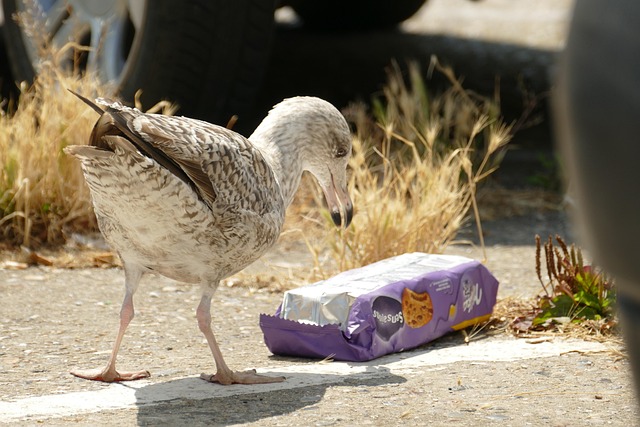As the world grapples with the alarming consequences of climate change, one of the most pressing issues that has emerged is the connection between melting ice and the proliferation of microplastics in our oceans and landscapes. These tiny plastic particles, often invisible to the naked eye, have become a significant threat to our environment, intertwining with the profound transformations brought about by a warming planet.
Every summer, as temperatures rise, glaciers and polar ice caps are melting at unprecedented rates. This phenomenon not only contributes to sea-level rise but also has far-reaching implications for ecosystems around the globe. While the melting ice may seem like a distant problem to some, the reality is that it plays a crucial role in the distribution and concentration of microplastics.
Microplastics are fragments of plastic less than five millimeters in size, resulting from the breakdown of larger plastic debris or manufactured as microbeads in cosmetic products. They are incredibly pervasive, found in water sources, soils, and even the air we breathe. As ice caps melt, these microplastics are released back into the environment, contaminating previously untouched areas and impacting both marine and terrestrial life.
The damage caused by microplastics is multifaceted. Aquatic organisms, from the smallest plankton to the largest whales, mistake these particles for food, leading to ingestion and absorption of toxins. This not only disrupts their health but also moves up the food chain, ultimately affecting human health as we consume seafood that has absorbed harmful compounds. Furthermore, as the polar environments warm and ice melts, we are witnessing the release of previously trapped pollutants, such as pesticides and heavy metals, which can bind to microplastics, amplifying their toxicity.
Additionally, melting ice exposes new surfaces where microplastics can settle and accumulate, creating hotspots of contamination that threaten fragile ecosystems. The Arctic, once considered relatively pristine, is now facing the dual challenge of climate change and plastic pollution. Melting ice is not just a result of rising temperatures; it is part of a larger narrative of environmental degradation that we can no longer ignore.
As communities around the world become increasingly aware of the environmental crisis we face, it is crucial to address the connection between microplastics and climate change. Local and global movements are emerging, advocating for reduced plastic production, improved waste management practices, and a shift towards sustainable alternatives. Initiatives aimed at cleaning our oceans and waterways are pivotal, but the focus must also shift to preventing microplastics from entering the environment in the first place.
Raising awareness about the impacts of microplastics, especially in relation to the melting ice and the broader effects of climate change, is essential for driving change. Education at all levels can empower individuals to make conscious choices about their plastic consumption. From choosing products with less packaging to engaging in community clean-ups, every action counts.
The threat of microplastics is not just an environmental issue; it is a moral one that calls for urgent action. As we watch our ice caps shrink and our ecosystems flounder, we must recognize that the two crises—the climate emergency and plastic pollution—are inextricably linked. By addressing one, we can mitigate the other, ensuring a healthier planet for future generations.



